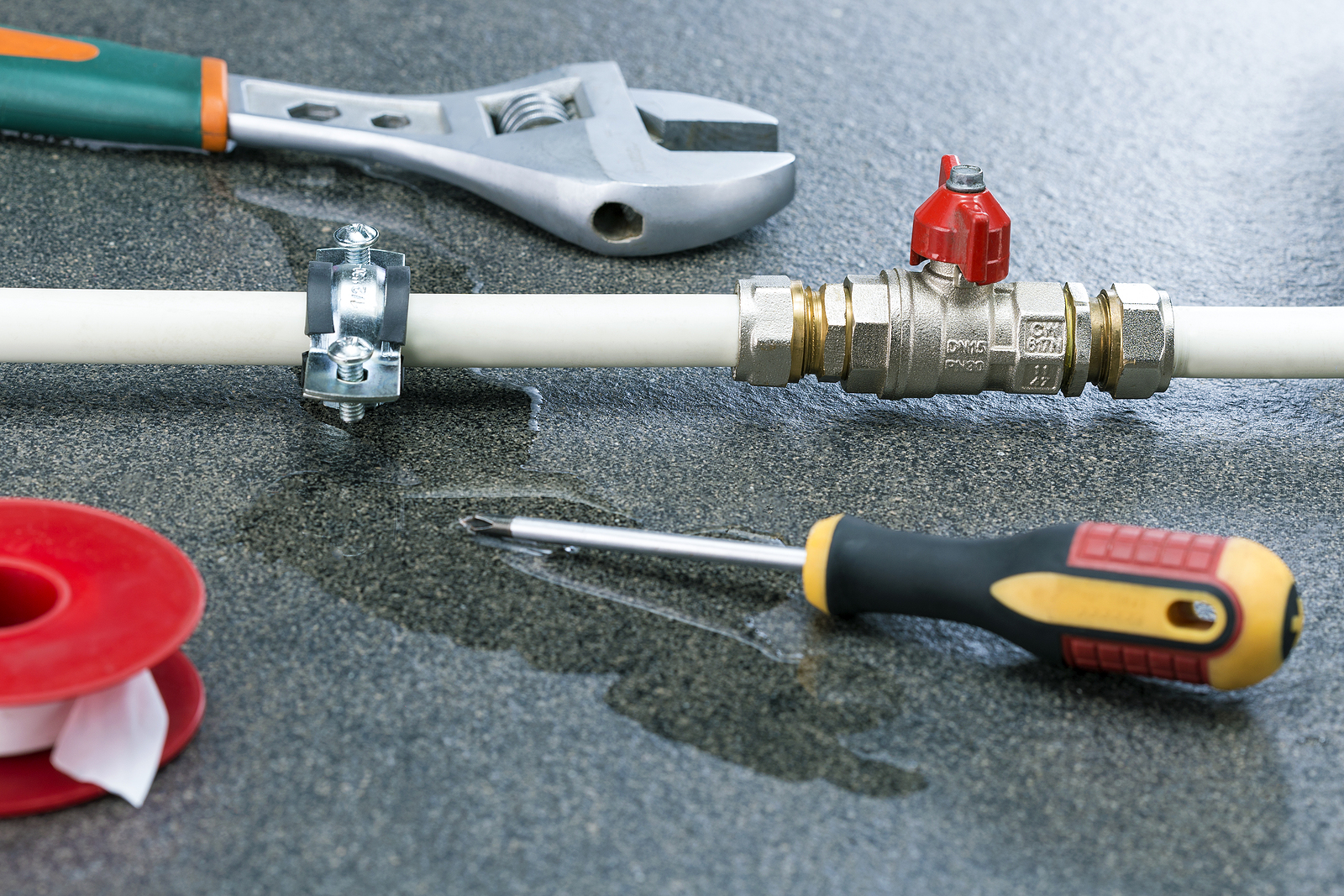Just how to Examine If Your House Has a Concealed Leak
Just how to Examine If Your House Has a Concealed Leak
Blog Article
They are making a number of good points on Hacks to detect leaks in general in the content in the next paragraphs.

Early discovery of leaking water lines can mitigate a possible calamity. Aside from saving you cash, it will certainly minimize the stress and stress. The moment you find a leak, calling your plumber for fixings is the most effective service. Some small water leakages may not be noticeable. Here are some hacks that assist if you can not spot it with your nude eyes.
1. Take A Look At the Water Meter
Every house has a water meter. Inspecting it is a proven manner in which helps you uncover leakages. For beginners, shut off all the water resources. Guarantee no one will purge, use the faucet, shower, run the washing machine or dish washer. From there, go to the meter and also watch if it will certainly change. Because nobody is utilizing it, there must be no activities. That suggests a fast-moving leak if it moves. If you spot no changes, wait an hour or two as well as inspect back once again. This suggests you might have a slow-moving leakage that could even be underground.
2. Check Water Consumption
Assess your water costs and also track your water consumption. As the one paying it, you need to observe if there are any discrepancies. If you spot sudden changes, regardless of your intake coinciding, it indicates that you have leakages in your plumbing system. Bear in mind, your water bill must drop under the same range each month. An abrupt spike in your expense indicates a fast-moving leakage.
On the other hand, a stable boost on a monthly basis, despite the very same practices, reveals you have a slow-moving leak that's likewise gradually rising. Call a plumber to thoroughly check your residential or commercial property, specifically if you really feel a warm location on your flooring with piping underneath.
3. Do a Food Coloring Examination
When it concerns water intake, 30% comes from bathrooms. Test to see if they are running properly. Decrease specks of food color in the storage tank and also wait 10 minutes. There's a leak in between the tank as well as bowl if the shade in some way infiltrates your bowl during that time without flushing.
4. Asses Outside Lines
Do not forget to examine your exterior water lines also. Ought to water leak out of the link, you have a loose rubber gasket. One little leak can squander loads of water and also spike your water expense.
5. Analyze the circumstance as well as inspect
Homeowners need to make it a routine to check under the sink counters and also even inside closets for any type of bad odor or mold and mildew growth. These 2 red flags show a leak so punctual attention is needed. Doing routine assessments, even bi-annually, can save you from a significant problem.
A lot more notably, if you know your house is currently old, maintain a watchful eye on your heaters, pipes, pipelines and so on. Look for stainings and also weakening as many pipes as well as home appliances have a life expectancy. They will also naturally wear away as a result of damage. Do not wait for it to intensify if you suspect dripping water lines in your plumbing system. Call an expert plumber as soon as possible so you don't wind up with an awful mess in your house.
Early detection of dripping water lines can alleviate a potential catastrophe. Some small water leaks might not be noticeable. Inspecting it is a proven method that assists you find leakages. One little leakage can throw away lots of water as well as increase your water expense.
If you think dripping water lines in your plumbing system, don't wait for it to intensify.
WARNING SIGNS OF WATER LEAKAGE BEHIND THE WALL
PERSISTENT MUSTY ODORS
As water slowly drips from a leaky pipe inside the wall, flooring and sheetrock stay damp and develop an odor similar to wet cardboard. It generates a musty smell that can help you find hidden leaks.
MOLD IN UNUSUAL AREAS
Mold usually grows in wet areas like kitchens, baths and laundry rooms. If you spot the stuff on walls or baseboards in other rooms of the house, it’s a good indicator of undetected water leaks.
STAINS THAT GROW
When mold thrives around a leaky pipe, it sometimes takes hold on the inside surface of the affected wall. A growing stain on otherwise clean sheetrock is often your sign of a hidden plumbing problem.
PEELING OR BUBBLING WALLPAPER / PAINT
This clue is easy to miss in rooms that don’t get much use. When you see wallpaper separating along seams or paint bubbling or flaking off the wall, blame sheetrock that stays wet because of an undetected leak.
BUCKLED CEILINGS AND STAINED FLOORS
If ceilings or floors in bathrooms, kitchens or laundry areas develop structural problems, don’t rule out constant damp inside the walls. Wet sheetrock can affect adjacent framing, flooring and ceilings.
https://www.servicemasterbyzaba.com/blog/how-to-detect-water-leakage-in-walls/

As a reader on Top leak detection hacks, I was thinking sharing that piece of writing was sensible. Be sure to take the opportunity to share this article if you appreciated it. Thanks for your time. Visit again soon.
Report this page